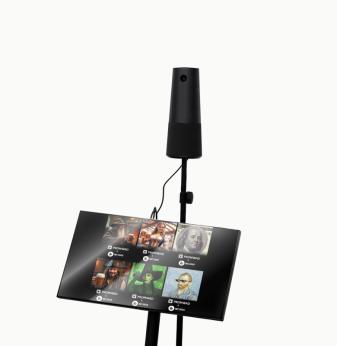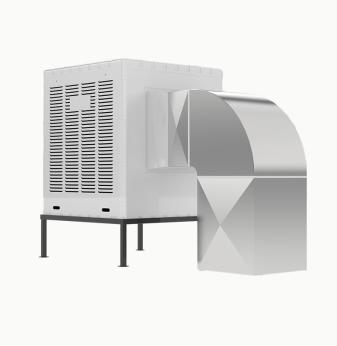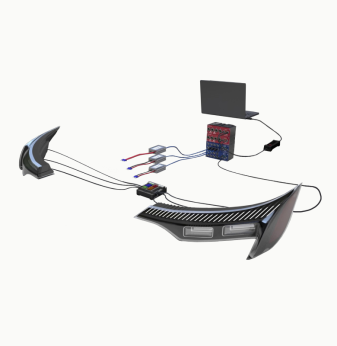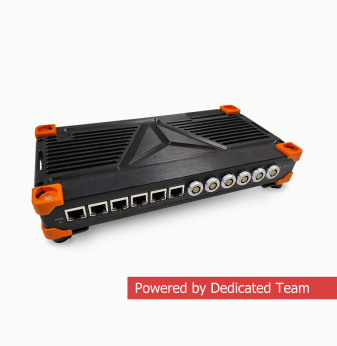Top Embedded Hardware Trends for 2026: From RISC-V to Chiplets
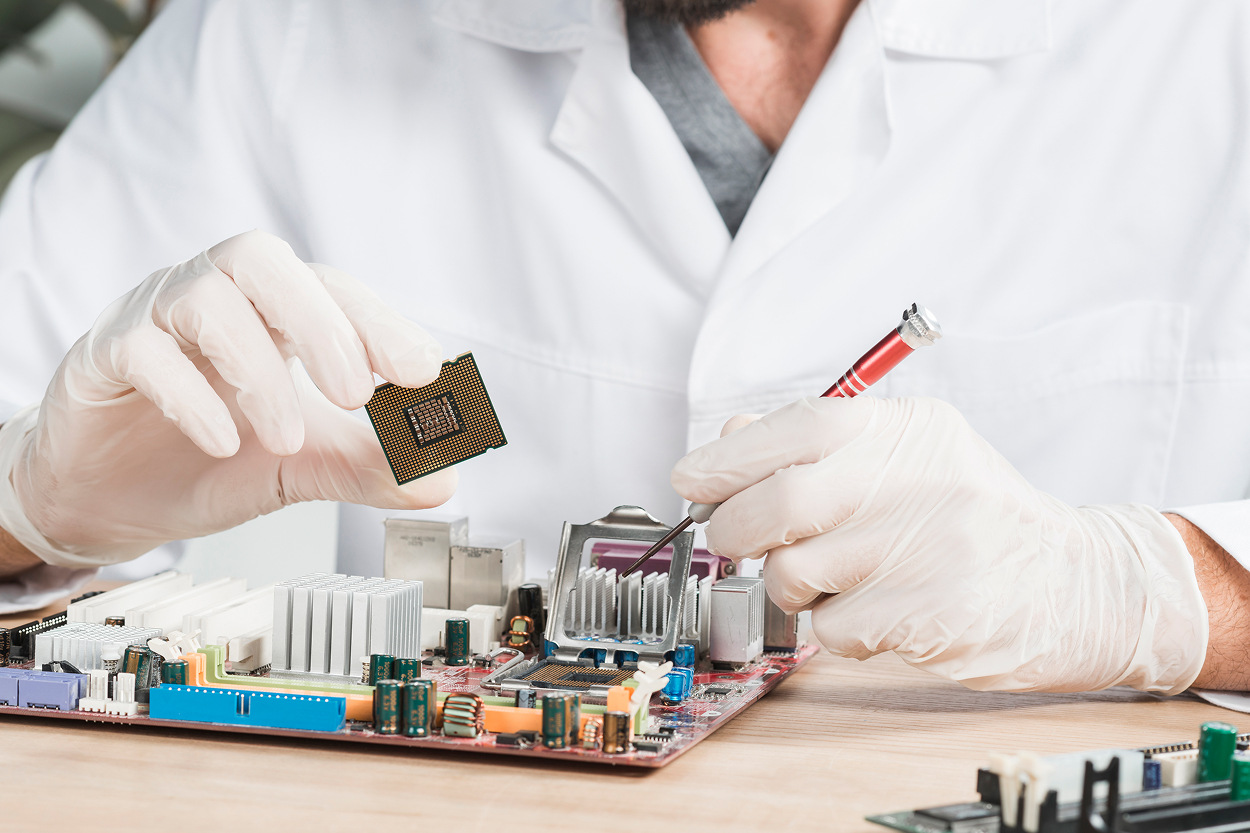
Introduction: Embedded Hardware at the Edge of a New Era
As the demand for smarter, smaller, and more efficient devices grows across industries — from automotive to industrial automation and smart wearables — embedded hardware is undergoing a transformation. In 2026, several key trends will redefine how hardware platforms are designed, developed, and deployed.
In this article, we explore the top embedded hardware trends shaping the future of product development, including breakthroughs in processor architectures, advanced system integration, and edge AI acceleration.
1. The Rise of RISC-V: Open, Flexible, and Here to Stay
The RISC-V architecture has moved beyond academia and startups — it’s now being adopted by global OEMs and semiconductor giants for mainstream embedded applications.
Why RISC-V matters in 2026:
- Open instruction set architecture (ISA) with no licensing fees
- Custom extensions for application-specific acceleration
- Growing ecosystem of toolchains, IP vendors, and silicon providers
Use cases:
- Industrial automation controllers with deterministic behavior
- Secure microcontrollers in medical and smart grid applications
- AI-capable embedded platforms with custom vector extensions
Companies like SiFive, Andes, and Microchip are already shipping RISC-V cores tailored for embedded needs, while NXP, Intel, and Qualcomm are investing in next-gen RISC-V SoCs.
2. Chiplet-Based Design: A Modular Future for SoCs
Traditional SoCs (system-on-chips) are giving way to chiplet-based architectures, where individual functions (CPU, GPU, memory, I/O) are built as separate dies and integrated into a single package.
Benefits of chiplets:
- Mix-and-match silicon for tailored designs
- Shorter development cycles and lower NRE cost
- Improved yield by fabricating smaller dies separately
In embedded systems, chiplets enable:
- Tiered product offerings with shared IP blocks
- Custom integration of analog, RF, and sensor functions
- Easier upgrades without full silicon redesign
Standards like UCIe (Universal Chiplet Interconnect Express) are gaining traction to enable interoperability between chiplets from different vendors.
3. Heterogeneous Computing: Combining CPUs, GPUs, and AI Engines
In 2026, embedded platforms are no longer defined by a single processor. Heterogeneous computing — the seamless integration of general-purpose CPUs with domain-specific accelerators — is becoming the default.
Typical configurations:
- Arm Cortex-A for Linux-based processing + Cortex-M for real-time control
- Embedded GPUs for UI rendering + NPUs (Neural Processing Units) for AI
- DSPs for audio/vision + FPGA blocks for flexible I/O or cryptography
This shift allows developers to:
- Optimize for performance-per-watt
- Partition workloads for latency or determinism
- Consolidate multiple subsystems onto one board
Examples: NXP i.MX 95, TI Sitara AM67, Renesas RZ/V2L, Lattice Avant
4. Edge AI Acceleration: Purpose-Built Silicon for Local Inference
AI at the edge is no longer experimental. In 2026, embedded processors integrate AI accelerators natively to support applications like:
- Predictive maintenance and anomaly detection
- Vision-based object tracking and gesture control
- Voice recognition and local decision-making
Trends in AI hardware:
- Dedicated NPUs with 1–10 TOPS performance
- INT8 quantized model support for low power
- On-device model retraining for personalized AI
Frameworks like TensorFlow Lite, TVM, and Edge Impulse are now optimized for these platforms, enabling deployment of advanced models on devices with sub-1W power budgets.
5. Advanced Packaging and 3D Integration
With Moore’s Law slowing, hardware innovation now leans heavily on packaging technologies.
Techniques making impact in embedded:
- System-in-Package (SiP): Multiple dies (MCU, memory, PMIC) in one package
- Fan-Out Wafer-Level Packaging (FOWLP): For smaller footprint and better thermal properties
- 3D stacking: Vertical integration of memory and logic to save board space
These approaches allow for:
- Higher density in wearables and edge AI modules
- Better signal integrity for high-speed interfaces
- Integration of heterogeneous functions (e.g., MCU + sensor die)
6. Silicon Lifecycle Management (SLM): Intelligence in the Chip
Embedded chips are now being designed with built-in lifecycle management features — enabling visibility into:
- Temperature, voltage, aging metrics
- Usage statistics and operational logs
- Fault prediction and self-diagnostics
Benefits:
- Improved reliability and proactive maintenance
- Easier certification and compliance in regulated markets
- Enhanced security and system monitoring
SLM IP is becoming standard in automotive-grade and industrial MCUs.
7. Security-by-Design: Hardware Root of Trust Becomes Mandatory
With connected devices proliferating, embedded hardware must incorporate strong security mechanisms from day one.
Security trends:
- Secure boot with hardware-anchored keys
- On-chip crypto engines (AES, RSA, ECC)
- Physical Unclonable Functions (PUF) for identity
- Secure debug and firmware update channels
In many industries — medical, energy, automotive — security certification (e.g., IEC 62443, UNECE R155) now mandates hardware-level security features.
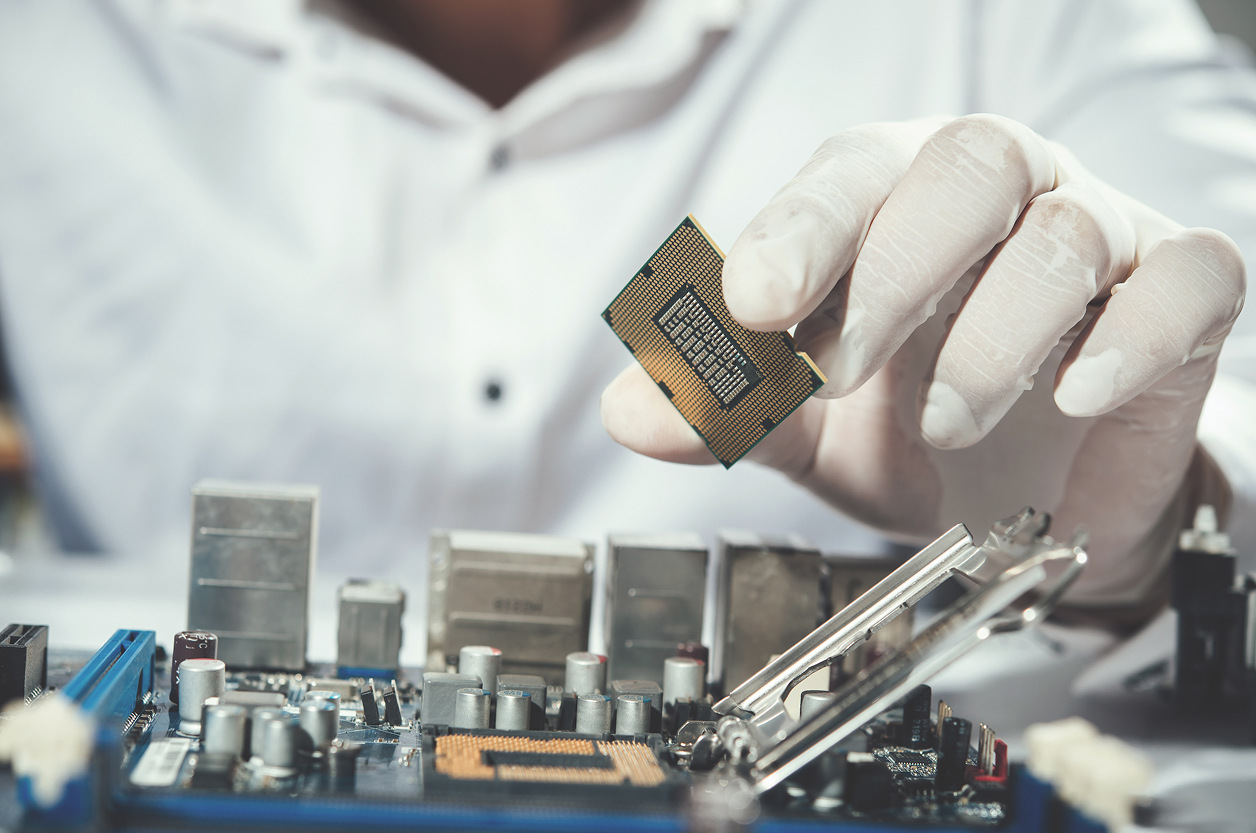
8. Green Embedded Hardware: Efficiency and Sustainability
Energy efficiency and environmental impact are now key design constraints.
Developments driving greener hardware:
- Ultra-low power MCUs with deep sleep <1µA
- E-paper displays and efficient UI engines
- Supply chain monitoring of critical materials
- Hardware designed for recyclability and repairability
More OEMs are aligning with initiatives like the European Green Deal or Energy Star for IoT, making sustainability a competitive differentiator.
9. Globalization of Semiconductor Manufacturing
Geopolitical shifts and chip shortages have driven investment into localized semiconductor ecosystems:
- U.S. CHIPS Act: incentives for domestic fabs and R&D
- EU Chips Act: boosting EU-based design and production
- India and Southeast Asia: rising EMS and foundry players
This decentralization opens new opportunities for embedded companies to:
- Reduce supply chain risk
- Build regional product variants
- Align with ESG and regulatory goals
10. Design Toolchains and Dev Kits Keep Pace
The surge in hardware innovation is supported by evolving toolchains:
Toolchain trends:
- Open-source EDA tools (KiCad, OpenROAD) getting enterprise-grade features
- Cloud-based simulation and verification workflows
- Dev kits with reference firmware, AI-ready demos, and test harnesses
Vendors now offer full SDKs targeting verticals — e.g., smart city, factory automation, healthcare — to shorten development time.
Final Thoughts: Strategic Investment in the Right Trends
The embedded hardware landscape in 2026 is defined by modularity, intelligence, and integration. From open architectures like RISC-V and chiplets to energy efficiency and built-in security, these trends aren’t just technical shifts — they represent competitive levers for product differentiation.
Promwad helps OEMs and startups turn these trends into real-world platforms — with hardware, firmware, and production support built around today’s demands.
Ready to align your roadmap with tomorrow’s embedded ecosystem? Let’s talk.
Our Case Studies in Hardware Design

